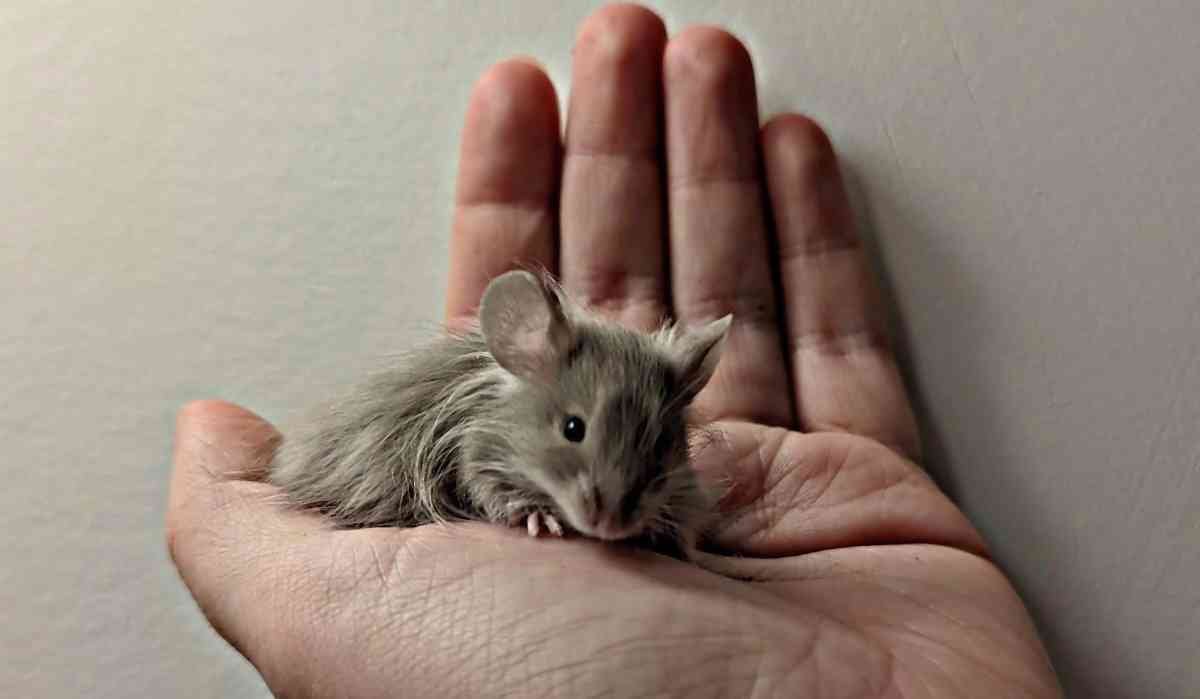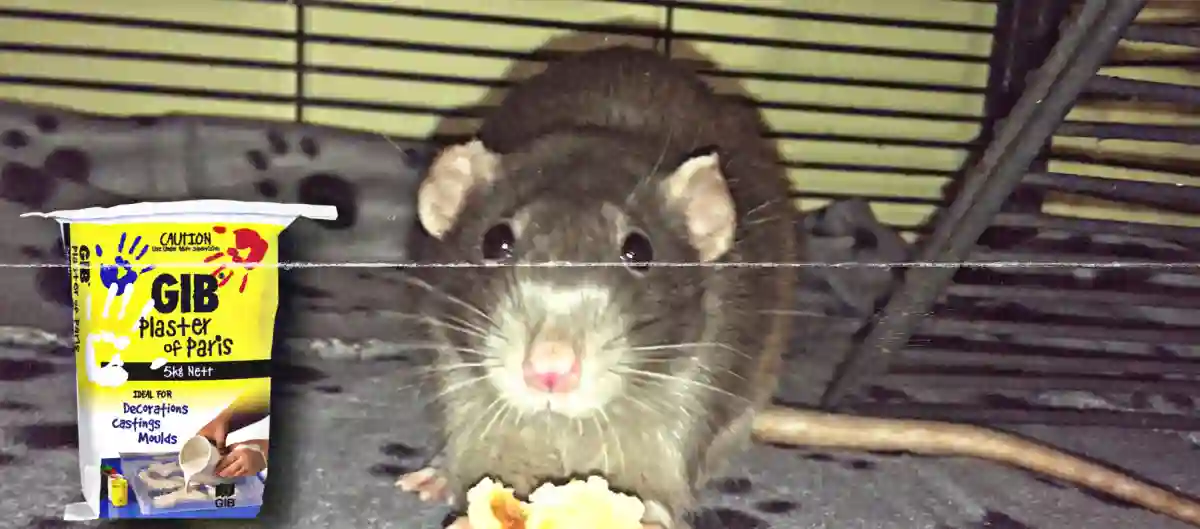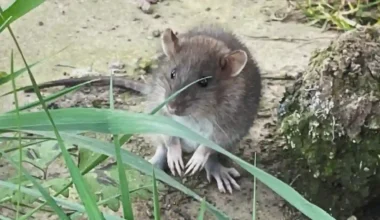I caught a mouse now what? Generally, you should put a towel over the trap to calm the captured rat. You can then free them from the trap about 2 miles away—that’s how far away to release a mouse.
A mouse can be humanely euthanized at your local animal shelter or by a veterinarian if you decide to kill it. Moreover, when you release mice into a new environment, it may result in their death because they are not yet familiar with the new surroundings, thus, scouting for food, water, or shelter becomes a problem.
They tend to grow weaker, and easily give in to overwhelming predation, foreign parasites, or even disease caused by a lack of natural immunity.
Meanwhile, you want to ensure that all entry points are closed. Readjust the humane traps and put fresh bait if you still suspect a mouse presence. If you notice that your baited traps are untouched after two weeks, and you don’t see signs of rodents and droppings, it’s evidence that the mice are gone.
Humans should be compassionate to rodents and adopt a more humane method to fix the problem of infestation.

Why have I only caught one mouse?
You have only caught one mouse because it could have been wandering around, possibly trying to escape a predator or cold which exposes it to a traffic area with humans or other predatory pets. Usually, if you don’t see any other mice signs or activity, then be sure to you only have that solitary mouse in your home.
It’s also possible that when you see a single mouse, it has been expelled from its nest for whatever reason. It could be that the rodent is hungry and in dire need of food. This rarely happens because mice build nests close to reliable food and water sources.
Having only one mouse can be unusual and minuscule because mice breed at an exceptional rate. Female mice birth about 5-15 liters and often do this about 5-10 times a year (see the publication Mus musculus house mouse). This implies that their population rapidly increases and mouse-proofing is very important.
Meanwhile, young mice take about 6-8 weeks to mature. And can reproduce in five weeks. So, if you see one mouse, you are likely to have more. Mice don’t even wander far from their nests, so that could suggest that if you see one mouse, it’s a sign they are dozens close by.
Humans are giants to mice, so they see us as a threat and prefer to hide. Mice majorly come out at night—they are mostly nocturnal. If a mouse comes out during the day, it could be that it lost its way back to the nest or there’s an unusual situation such as active predation.
Do mice return after release?
Mice can return after release. Generally, house mouse prefers to live indoors, so it’s either you keep it as a pet, or you get it a nice barn to nest in. A field mouse, however, can adapt anywhere, they just need a compacted bush to nest and hide from predators.
If you want to release the mouse, take them at least 2 miles away from home, or else it will find its way back before you even get home. Leave the freed mouse some food to keep it distracted and also help them settle in the new environment.
Does 1 mouse mean more?
Not always, but 1 mouse usually means there are others nearby. However, if you find multiple mice evidence, there are more lurking around.
Should I kill a mouse or let it go? For some people, the best way to get rid of a mouse from your home is to kill them. However, experts recommend releasing them back into the wild.
If you don’t want to kill and prefer to dispose of a live mouse, you will need to capture the entire colony and cage them. In the northern hemisphere, mice may not have babies in winter—but that’s not to say they can’t birth at any time of the year.
When you get hold of live mice, it’s either you separate the sexes and keep them as pets or dispose of them miles away from your home.
If it’s a wood, field, or deer mouse you caught, these species live outside and enter homes through openings. You want to cage the mouse. Look out for and seal openings around the house. Focus on the base of the walls and pipes and make sure to block even the tiniest holes because mice can flatten themselves through holes the size of a dime.
Again, wood mice don’t need apartments to survive, they prefer living in bushes and hard places where predators can’t penetrate.
Keeping mice from returning
Putting away mice from your home can be stressful and a long-term process. This pest enters your property through openings as tiny as the size of a dime. Thus, you want to ensure efficient measures to stop a mouse from coming back.
1. Seal the entry points
Common entry points include:
- utility pipe and wire entries
- foundation cracks
- deteriorating siding
If you suspect the presence of a mouse in specific areas, sprinkle powder or flour lightly along the wall to reveal traces or footprints of the rodent. Meanwhile, if you keep flowers, shrubs, and hedges, make sure to trim at least 18 inches out from the property foundation to prevent mice from getting in.
2. Repair holes
Mice chew through rubber and plastic fillers, so blocking holes with these items won’t last. To mouse-proof your home, fill the cracks along drainpipes and openings with wire mesh or quick-drying cement. Another method of sealing openings without electrical wiring is a copper mesh pan scrubber.
3. Get a cat
If you are ready for the commitment, get a predator like a cat. Once mice know that a predator is in the apartment, they will stay away. If you can’t adopt one, borrow a friend’s cat to control the mice’s problem. Try not to set snap or glue traps while a cat is around.
4. Eliminate food and water sources
If you recently had an infestation problem, it is helpful to clean up all sources of food to discourage mice presence. Get rid of breadcrumbs under the toaster, avoid birdseed spillage outside, don’t leave pet food out overnight, and store food in an airtight container.
Ultimately, mice carry infections, so you need to be careful dealing with them. After disposing of the live mouse, make sure to clean the areas you suspect the mouse may have touched. Look out for mice evidence and contact professionals if you suspect an infestation.






